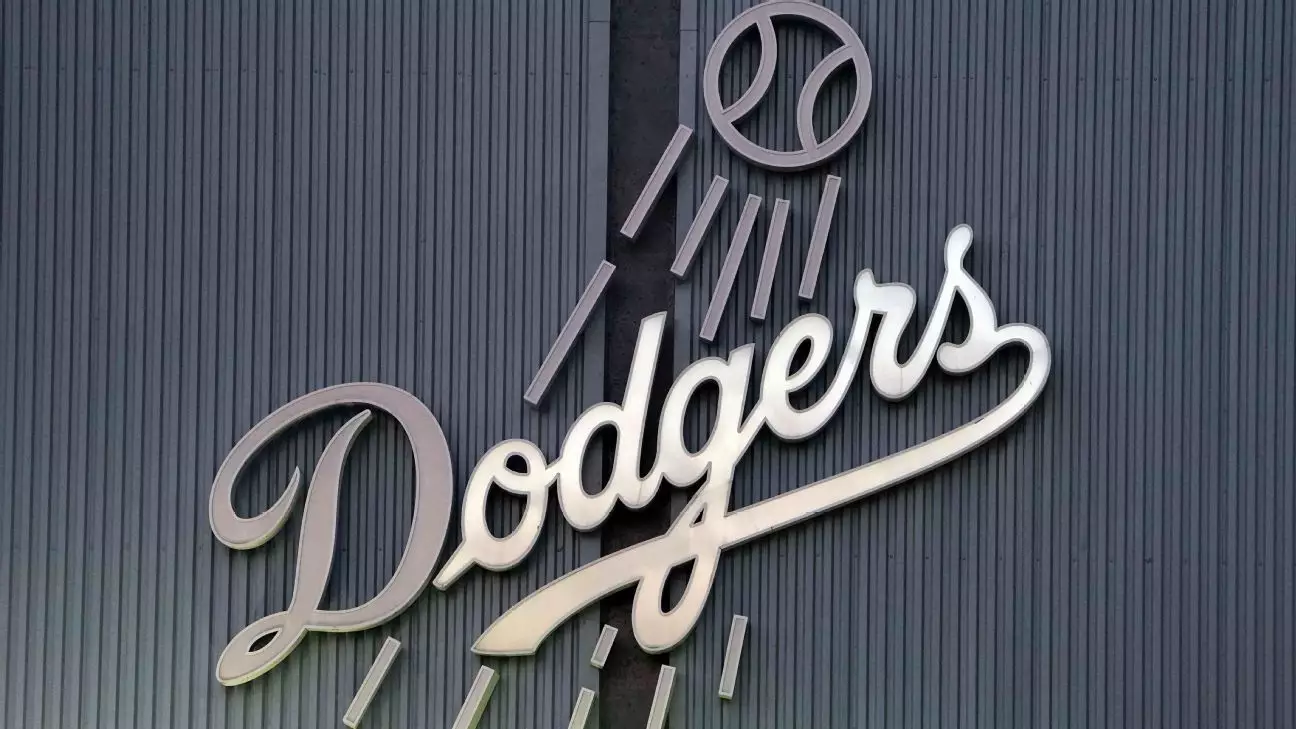In the world of Major League Baseball, few franchises are as prominent as the Los Angeles Dodgers. With a storied history and a dedicated fanbase, they have consistently sought to create a competitive team. However, behind the glamour of championship aspirations lies a complex financial structure defined by substantial deferred payments to players, a practice that raises eyebrows and ignites conversations about competitive equity within the sport.
A Deep Dive into Deferred Compensation
The Dodgers currently face a staggering $1.051 billion in deferred payments spanning from 2028 to 2046, which includes contracts for notable players such as Tanner Scott and Teoscar Hernandez. These payments illustrate a strategic approach to team construction, allowing the Dodgers to invest heavily in talent while managing cash flow in the present. The intricacies of this payment structure, with obligations peaking at $100.95 million in both 2038 and 2039, signal a long-term commitment to player salaries that may affect the franchise’s financial landscape for decades to come.
Deferred compensation in baseball is not a new phenomenon, but it often invites scrutiny regarding how it impacts competition among teams. Monthly payments, phased salaries, and sizable bonuses, such as Hernandez’s $23 million signing bonus, manifest a sophisticated maneuvering of finances that allows the Dodgers to maintain a high-caliber roster without immediate financial strain. However, skepticism arises from smaller-market teams that may struggle to compete under the weight of these financial commitments.
Several key players contribute to this monumental figure of deferred payments. For example, Shohei Ohtani and his value of $680 million from 2034 to 2043 stands out not just for his talent but also as a financial bet that reflects the franchise’s ambition. Similarly, iconic players like Mookie Betts, Blake Snell, and Freddie Freeman join the ranks of those whose deferred salaries raise questions about financial equity across the league.
Diving further into specifics, Hernandez’s salary structure includes increasing pay obligations: $10 million for the current season, $12 million in 2026, and $14.5 million in 2027, with deferrals that ultimately push payments into the subsequent decade. Such arrangements show the front office’s foresight—planning not only for present-day success but also for future financial implications.
The Dodgers’ financial maneuvers occur within a broader narrative of competitive balance in Major League Baseball. Commissioner Rob Manfred’s comments on fan concerns shed light on the worries of franchises operating in lower-revenue markets. The fear is that such financial capabilities skew competition, allowing teams with deep pockets to hoard talent while others struggle for viability.
During collective bargaining negotiations in 2021, attempts were made to reform practices around deferred payments, suggesting that there is a growing sentiment that action is necessary to ensure more equitable competition within the league. Yet, the players’ association rejected these changes, emphasizing the ongoing tug-of-war between player interests and league management’s goals to promote a fair competitive environment.
As the Dodgers continue to navigate their substantial deferred obligations, their strategy will undoubtedly evolve. Dodgers president of baseball operations, Andrew Friedman, expressed confidence in managing these future liabilities. The organization plans to account for these figures in financial strategy discussions, mindful of the long-term implications even as it pursues immediate success.
This commitment to balancing team competitiveness with financial prudence will be critical in determining the Dodgers’ future trajectory. How they handle these deferrals—planning to maintain both on-field success and fiscal responsibility—will ultimately shape their legacy. The impact of such decisions stretches beyond the Dodgers, affecting the entire landscape of Major League Baseball as teams seek to remain competitive while managing their fiscal realities.
The Los Angeles Dodgers’ deferred payments to players raise fundamental questions about the future of competitive balance in Major League Baseball. With substantial sums tied to long-term contracts and the dynamic nature of player compensation, both fans and league officials must consider the implications of these financial policies on the competitive integrity of the sport.


Leave a Reply